NGUYEN DYNASTY, THE LAST FEUDAL DYNASTY IN VIETNAM
The Nguyen Dynasty was the last feudal dynasty of Vietnam, existing from 1802 to 1945. With 13 kings, this dynasty left many important marks in the nation's history. Each king has his contributions and influenced on the country, from politics, and culture to the military. This article will help you learn more about the 13 Nguyen Dynasty kings, the ups and downs of this dynasty as well as the legacies they left behind for future generations.
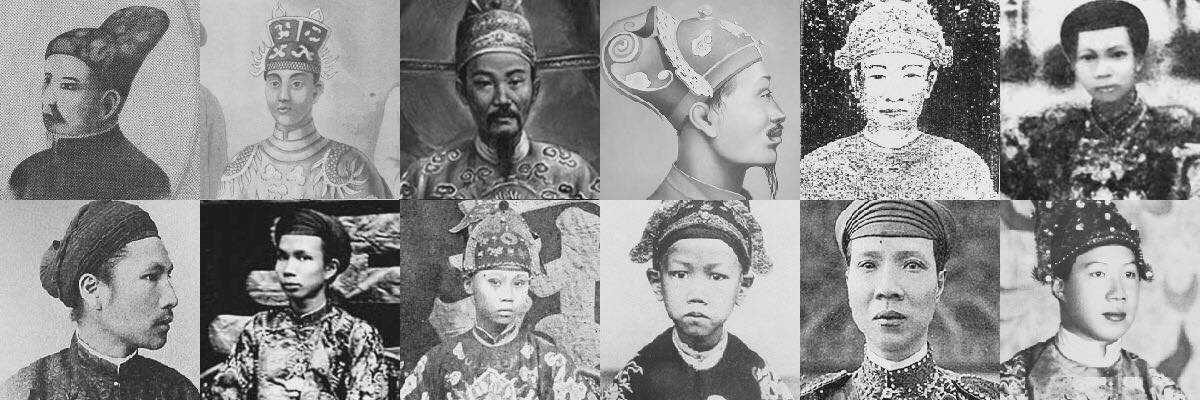
First king: Gia Long (1802-1820)
Biography and historical background
King Gia Long, real name Nguyen Phuc Anh, was born in 1762. He was the founder of the Nguyen Dynasty and the first king of this dynasty. Before ascending the throne, he experienced many difficulties and challenges in the war against different forces, especially the Tay Son dynasty.
Gia Long unified the country in 1802, ending a decades-long conflict. He chose Hue as the capital and began building a strong government system while implementing reforms to consolidate power.
Policy and reform
Under Gia Long's reign, many important policies were implemented. He established a strict administrative apparatus, managing the provinces and cities by dividing them into smaller administrative units. This helps manage the country more effectively.
In addition, Gia Long also focuses on economic development. He encouraged agriculture, trade, and handicrafts, creating favorable conditions for the development of society. These policies have contributed to improving people's lives and stabilizing the country.
Legacy left behind
Gia Long was not only the founder of the Nguyen Dynasty but also left behind many valuable cultural heritages. He built many famous architectural works such as the Citadel, mausoleums, and temples. These works not only have historical value but are also symbols of Vietnamese architectural art at that time.
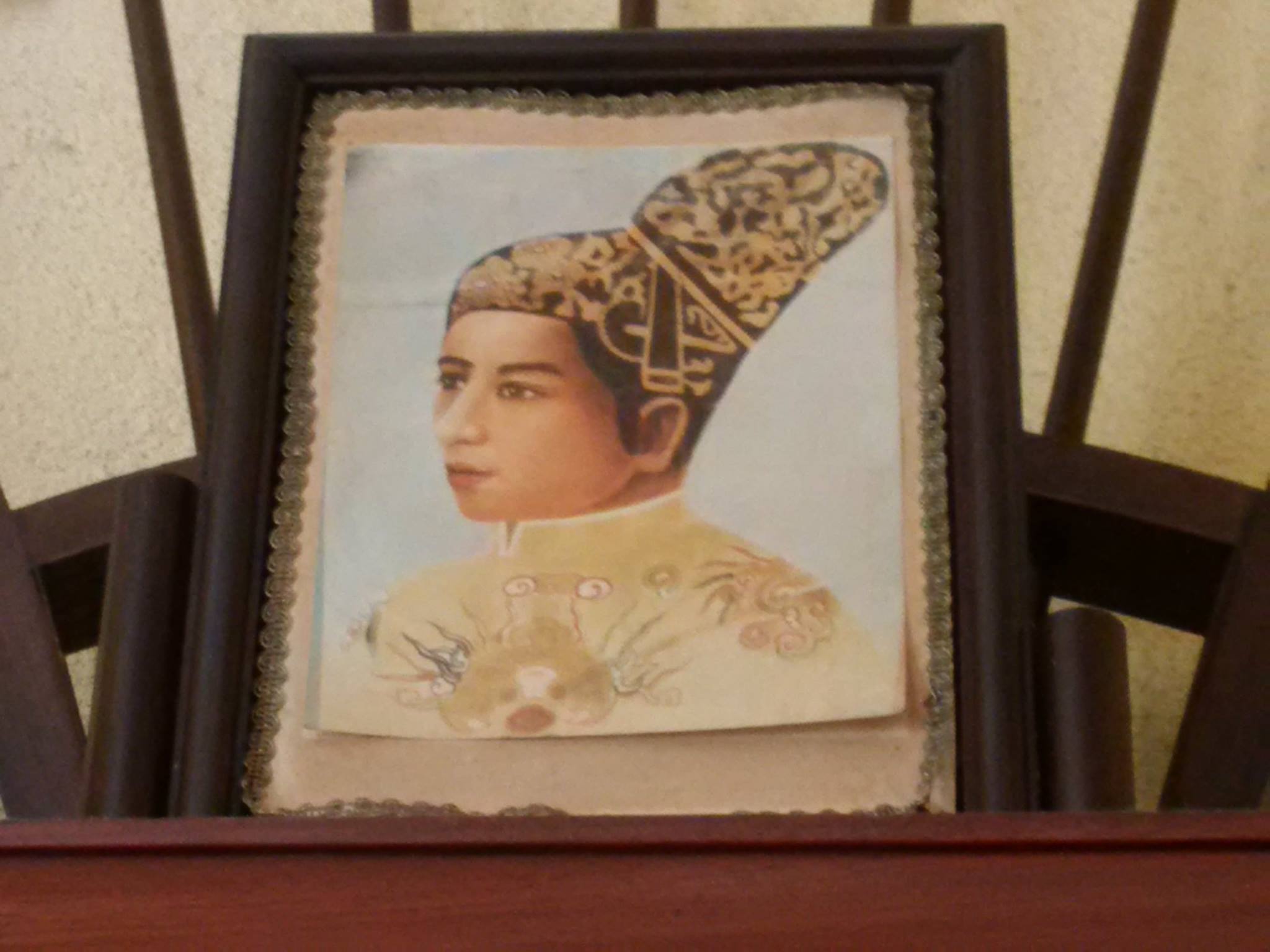
The second king: Minh Mang (1820-1840)
Biography and historical background
Minh Mang, real name Nguyen Phuc Dam, is the son of King Gia Long. He ascended the throne in 1820 and ruled until 1840. During this time, Minh Mang continued to implement many reform policies to strengthen the court and develop the country.
Reform policy
Minh Mang is famous for his strong reform policies. He carried out administrative, military, and educational reforms. One of the highlights of his reign was the application of an examination system to select talented people, instead of relying on familiar relationships as before.
In terms of foreign affairs, Minh Mang has made tough decisions in protecting national sovereignty. He refused Western demands and maintained a policy of autonomy, not allowing foreign countries to interfere in the country's internal affairs.
Cultural heritage
Minh Mang also left behind many valuable cultural heritages. He built many architectural works, including the famous Minh Mang mausoleum. In addition, he also promoted literature and art, encouraging authors to compose many valuable works.
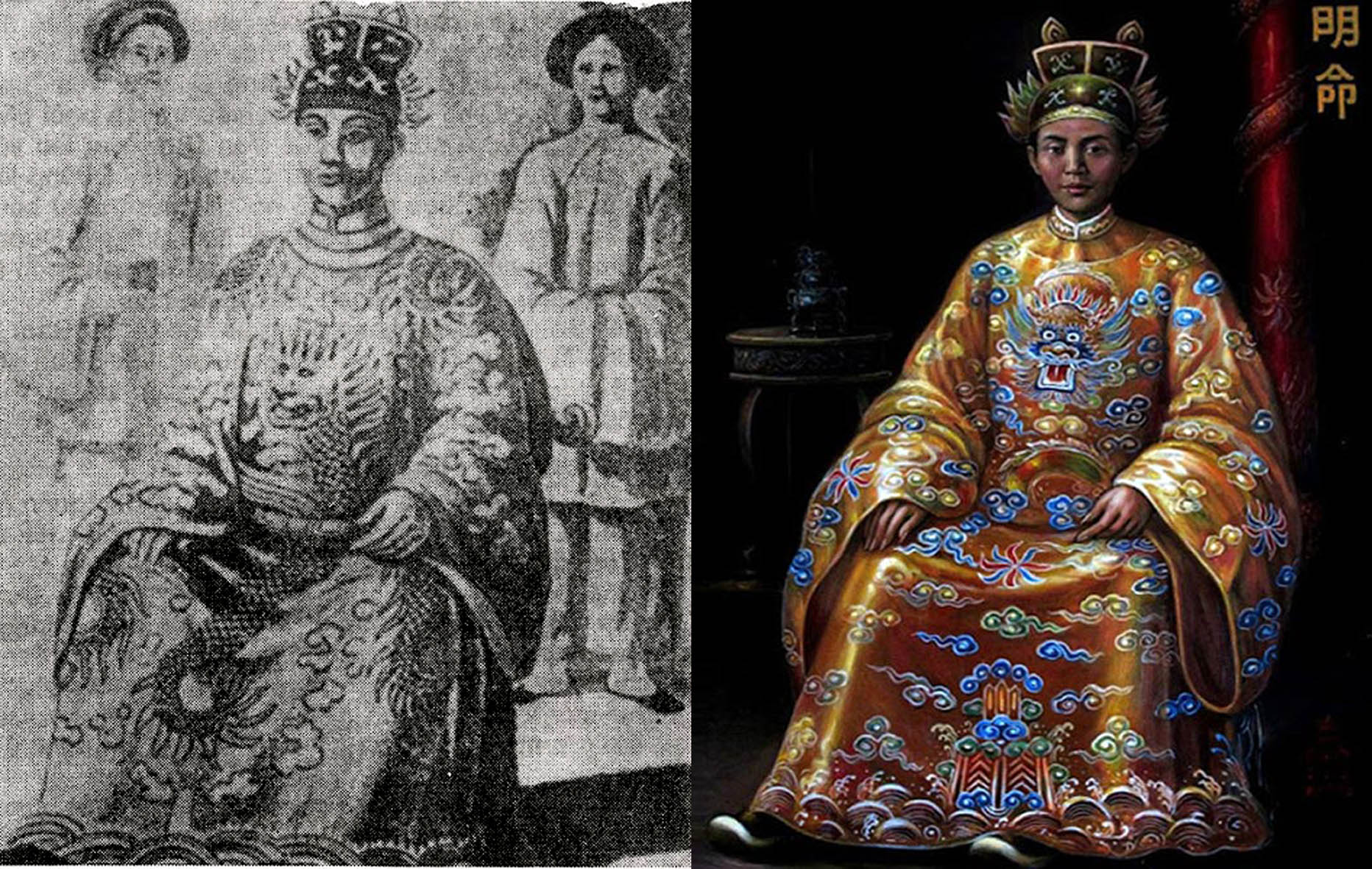
Third king: Thieu Tri (1841-1847)
Biography and historical background
Thieu Tri, whose real name is Nguyen Phuc Mien Tong, is the son of Minh Mang. He ascended the throne in 1841 but only reigned for a short time due to poor health and political instability.
Policy and reform
Although his reign was short, Thieu Tri still tried to implement several reform policies. He continued the administrative and military reform programs his father had initiated. However, due to poor health and pressure from outside forces, he was unable to carry out many big plans.
Legacy left behind
Although he did not have many outstanding contributions, Thieu Tri still left behind several architectural and cultural works. His mausoleum was built with unique architecture, reflecting the sophistication in the construction art of the Nguyen Dynasty.
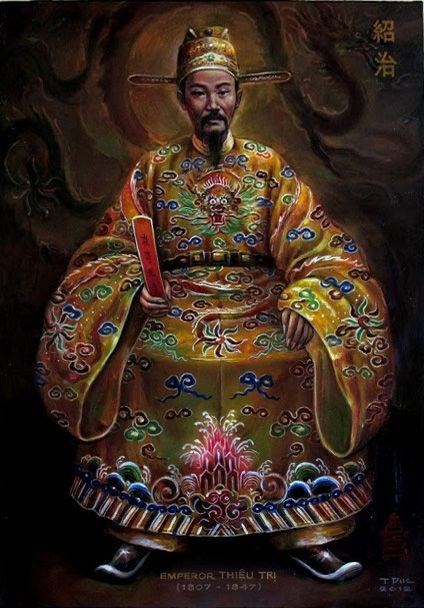
The fourth king: Tu Duc (1847 - 1883)
Biography and historical background
Tu Duc, whose real name is Nguyen Phuc Hong Nham, is the son of King Thieu Tri. He ascended the throne in 1847 and ruled until 1883. Tu Duc's time was a turbulent one with many uprisings and conflicts with foreign powers.
Policy and reform
Tu Duc is famous for his strong reform policies to modernize the country. He established many schools, expanded the education system, and encouraged learning. However, due to many reasons, these reforms did not achieve the desired results.
Besides, Tu Duc also faced many domestic uprisings, especially uprisings by local feudal leaders. He had to use many military measures to suppress these uprisings.
Cultural heritage
Tu Duc left behind many valuable cultural heritages, including the famous Tu Duc mausoleum. This mausoleum is not only the king's resting place but also a unique work of art, demonstrating sophistication in architecture and decorative arts.
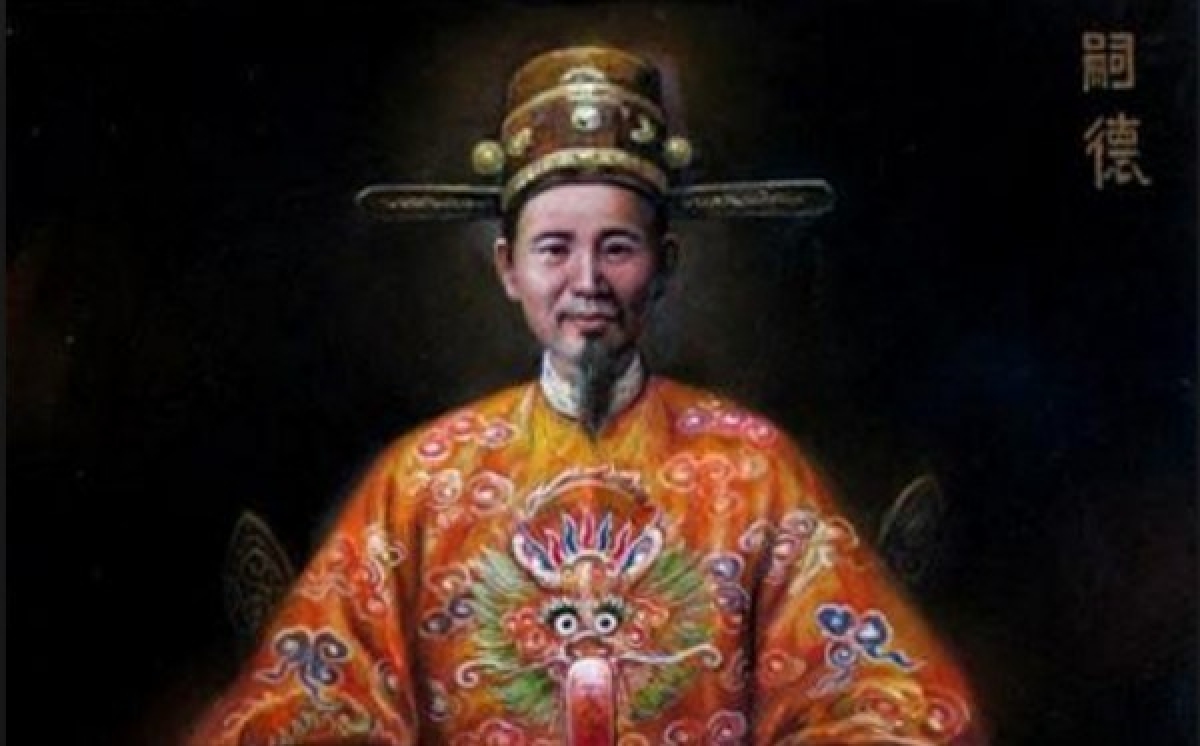
Fifth king: Duc Duc (1883- 3 days)
Biography and historical background
Duc Duc, whose real name is Nguyen Phuc Ung Ai, is the son of King Tu Duc. He ascended the throne in 1883 but only reigned for a short time due to pressure from the court and foreign powers.
Policy and reform
Duc does not have much time to implement reform policies. He mainly had to deal with the unstable political situation and the intervention of the French colonialists. His short reign prevented him from leaving many marks in history.
Legacy left behind
Although he did not have many outstanding contributions, Duc Duc still left behind several architectural and cultural works. He is one of the few kings of the Nguyen Dynasty to have his tomb, however, his tomb is not as well known as other kings.
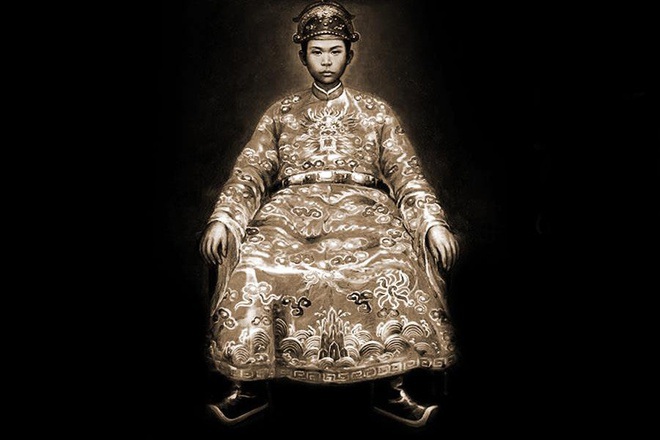
The sixth king: Hiep Hoa (1883-4 months)
Biography and historical context
Full name: Nguyen Phuc Hong Dat changed to Nguyen Phuc Thang after ascending the throne. He was the sixth emperor of the Nguyen Dynasty in Vietnamese history. During his short reign, he only used one era name, Hiep Hoa.
Policy and reform
He was forced to ascend the throne after King Duc Duc passed away. Not many outstanding policies were introduced for civilization at that time.
Legacy left behind
He has a private mausoleum but is still not known to many people.
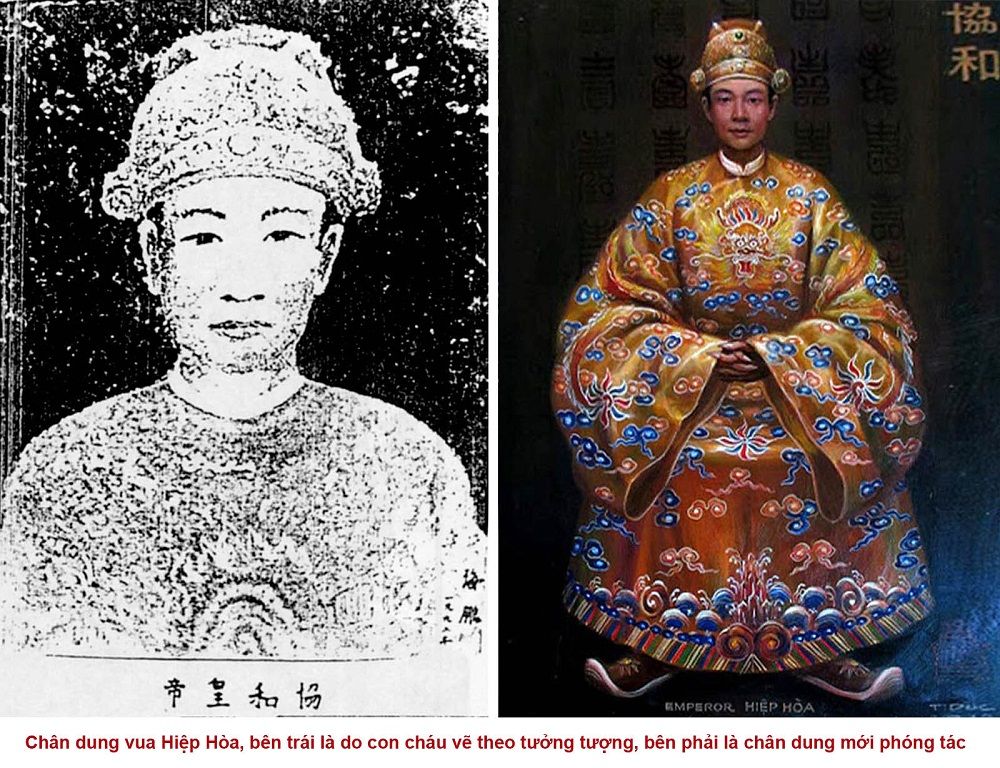
Seventh king: King Kien Phuc (1883-1884)
Biography and historical background
Kien Phuc was born February 12, 1869 - July 31, 1884), real name is Nguyen Phuc Ung Dang, the seventh emperor among the Nguyen kings. He ascended the throne on December 2, 1883, remained in office for 8 months, then passed away, assuming the title Gian Tong.
Policy and reform
During his short reign, there was a memorable deed of King Kien Phuc. That was, in early January of the year Giap Than (1884), the court trial-made guns in the style of America and Germany, at the same time. Time to try weaving some types of calico and cotton fabrics like the West. The king assigned Mr. Nguyen Xuan Phieu to be in charge of this task along with 3 mechanics, 15 weavers, and 20 soldiers. These people were sent to study and experiment. These people, after becoming proficient, are promoted or rewarded with money.
Under the reign of King Kien Phuc, on June 6, 1884, the Hue court signed with the French colonialists the Treaty of Giap Than (Peace of Patenôtre), amending some articles compared to the Treaty of Quy Mui but still recognizing France's "protection" for Vietnam.
The legacy he left behind:
He has his own mausoleum of King Kien Phuc's mausoleum.
Eighth king: Ham Nghi (1884-1885)
Biography and historical background
Ham Nghi was born on August 3, 1871 - January 14, 1944, nicknamed De Xuong, real name Nguyen Phuc Ung Lich, emperor eighth emperor of the Nguyen Dynasty. "King Ham Nghi was a bright and intelligent person from a young age. Born in 1871, he ascended the throne at the age of 13, but he was aware of the humiliation of losing his country and always ached for independence for the nation.
Policy and reform
Ham Nghi is famous for its Can Vuong decree against the French colonialists. In 1885, after the fall of the Hue capital, King Ham Nghi and Ton That Thuyet left the capital and launched the Can Vuong movement, calling for civil servants and assistants to help the king and the country. This movement lasted until 1888 when Ham Nghi was arrested. After that, he was taken to Algiers (the capital of Algeria) and died there in 1943 from stomach cancer. Due to French pressure, the Nguyen Dynasty did not build a temple for him.
Legacy:
He left behind 31 copies of works of art including paintings and statues created by the king in Algiers and especially an original painting of King Ham Nghi (roughly translated title: Lake in the Alps). donated by an individual to the Hue Monuments Conservation Center.
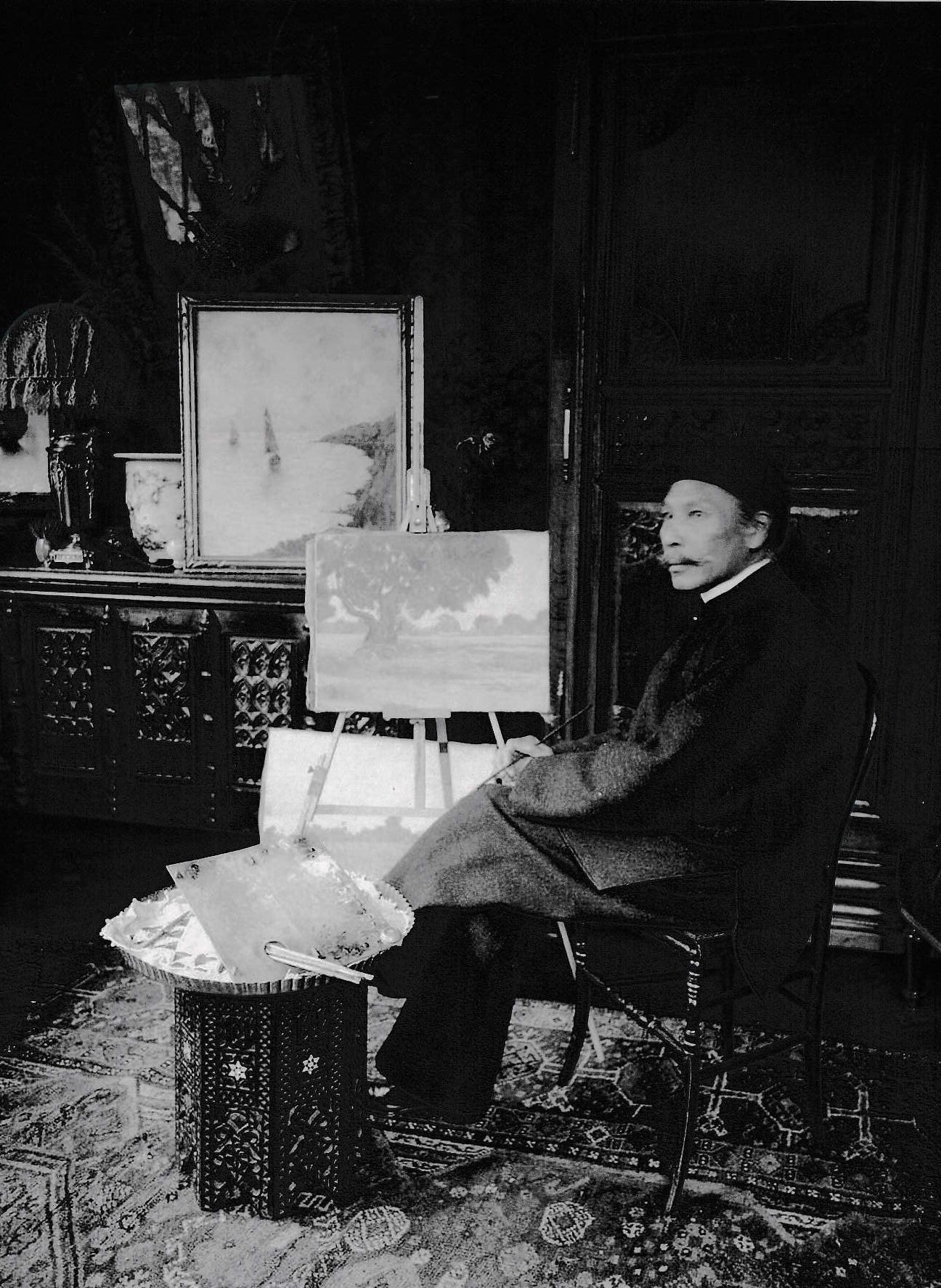
9th king: Dong Khanh (1886-1888)
Biography and historical background
Dong Khanh was originally the adopted son of King Tu Duc. Dong Khanh was born on February 19, 1864, his last names were Nguyen Phuc Ung Thi and Nguyen Phuc Ung Duong. He ascended the throne and took the reign name Nguyen Phuc Bien, the 9th emperor of the Nguyen Dynasty in Vietnamese history, ruling from 1885 to 1889.
Policy and reform
Dong Khanh ascended the French throne Under his reign, the French colonialists began the first work to establish a 60-year colonial period in Tonkin (Tonkin) and An Nam (Central Vietnam), while the Hue court showed submission and peace. Not daring to argue with the French, Dong Khanh advocated absorbing French civilization and using Western goods. For that reason, Vietnamese history books after the Nguyen Dynasty often considered him a reactionary king who, for his benefit, was willing to act as a puppet and lackey for foreigners.
Legacy left behind
Dong Khanh Tomb, also known as Tu Lang, is a relic belonging to the Hue ancient capital relic complex, where King Dong Khanh is buried.
Tenth king: Thanh Thai (1889-1907)
Biography and historical background
Thanh Thai, real name Nguyen Phuc Buu Lan, is the son of King Duc Duc. He ascended the throne in 1889 and ruled until 1907. Thanh Thai's time was a turbulent one with many uprisings and conflicts with the French colonialists.
Policy and reform
Thanh Thai is considered progressive, patriotic, and anti-French. Unlike previous kings, he learned Confucianism, learned French, and also let his children learn French. He campaigned in many wars against the French and built many different architectural works. King Thanh Thai also secretly set up teams of female soldiers to cover the eyes of the French. Some documents record that the king recruited 4 teams, each team had 50 people. After the previous team finished training, they returned to their families and recruited a new team. When the opportunity arose, they would rebel against the French.
Cultural heritage
Thanh Thai left behind many valuable cultural heritages, including the famous Thanh Thai mausoleum. Many new projects were built. Especially in the capital Hue, hospitals, National School, Dong Ba market, Trang Tien bridge... were all built during this period.
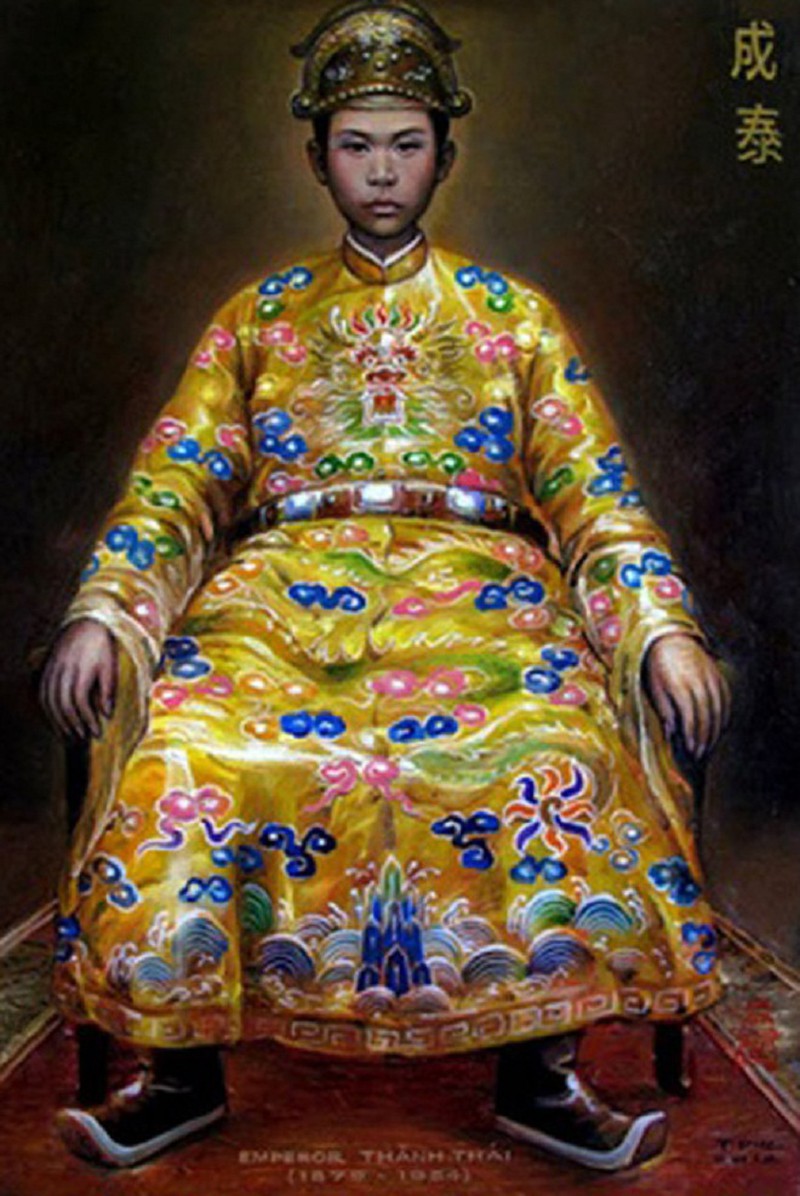
Eleventh king: Duy Tan (1907-1916)
Biography and historical background
King Duy Tan's real name is Nguyen Phuc Vinh San. He ruled the country for 9 years from 1907 to 1916. King Duy Tan was born on September 19, 1900.
Ascending to the throne, Duy Tan was given conditions by the French to have fun and forget about state affairs. On the contrary, Duy Tan studied hard to understand many fields such as French, philosophy, politics, law, and government... He mastered many musical instruments such as the lute, and zither, and absorbed Western cultural knowledge and achievements.
Policy and reform
He gradually affirmed his attitude of non-cooperation with France. In 1916, during the Great War in Europe, he secretly contacted leaders of the Vietnam Quang Phuc Hoi such as Thai Phien and Tran Cao Van to plan an uprising. However, the plan was revealed and Duy Tan was arrested on May 6, and on November 3, 1916, he was placed on the island of Réunion in the Indian Ocean.
During World War II (1939 - 1945), he joined the Allied forces against Nazi Germany. On December 26, 1945, he died in a plane crash in the Central African Republic, when he was only 45 years old.
Cultural heritage
Duy Tan left behind many valuable cultural heritages, including the famous Duy Tan mausoleum.
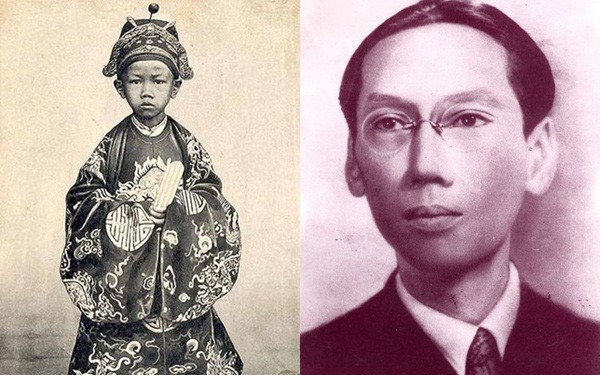
Twelfth king: Khai Dinh (1916-1925)
Biography and historical background
Khai Dinh, whose real name is Nguyen Phuc Buu Dao, is the son of King Dong Khanh. He ascended the throne in 1916 and ruled until 1925.
Policy and reform
King Khai Dinh was the 12th emperor of the 13 Nguyen Dynasty kings. Khai Dinh was considered a weak king before the French, not interested in politics but only interested in having fun, gambling, and spending lavishly. He was often attacked by the press and contemporary Vietnamese patriotic movements. However, during his reign, he made many contributions to the development of traditional costumes and ancient architectural works.
King Khai Dinh himself designed new clothes and built Kien Trung Palace, An Dinh Palace, and Ung Lang Palace in a modern architectural style. Cultural interference with the French made the king's aesthetic different from previous kings.
Cultural heritage
Khai Dinh left behind many valuable cultural heritages, including the Khai Dinh mausoleum. This architectural work is located in the complex of Hue's ancient capital monuments, a world heritage site recognized by UNESCO since 1993.
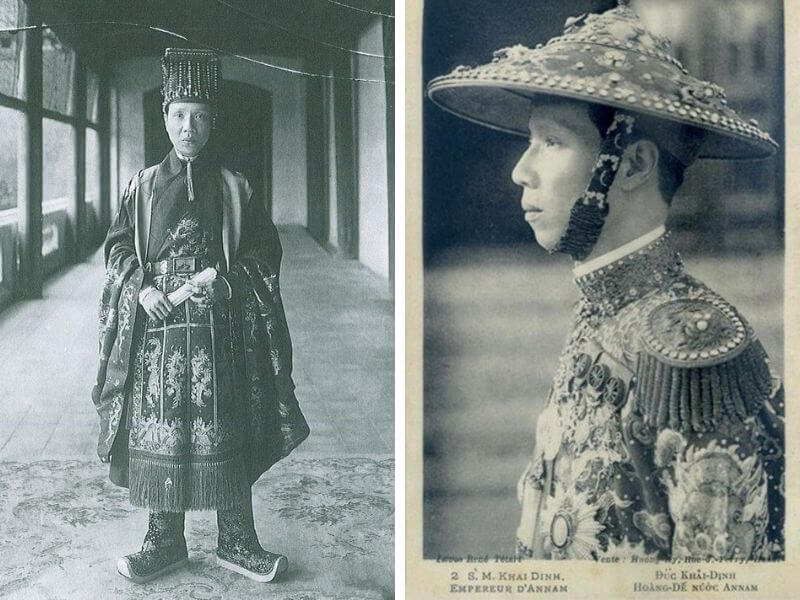
Thirteenth king: Bao Dai (1926-1945)
Biography and historical background
Bao Dai, real name Nguyen Phuc Vinh Thuy, is the son of King Khai Dinh. He ascended the throne in 1926 and ruled until 1945. Bao Dai was born on October 22, 1913, and became the last emperor of the monarchy in Vietnamese history.
Policy and reform
In 1945, after the August Revolution, on August 30, he officially abdicated and handed over the leadership of the country to the Democratic Republic of Vietnam government of Ho Chi Minh. He became an advisor to the Ho Chi Minh government. A year later, he went to China and then lived in France until 1949, when he returned to Vietnam and became Head of State of the French government.
In 1954, after the Geneva Accords, he was replaced by Ngo Dinh Dien and the Vietnam War began. He moved to live in France for the rest of his life.
Cultural heritage
Bao Dai left behind many valuable cultural heritages, including Bao Dai's palace, antiques, and many contributions to "paving the way" for tourism.
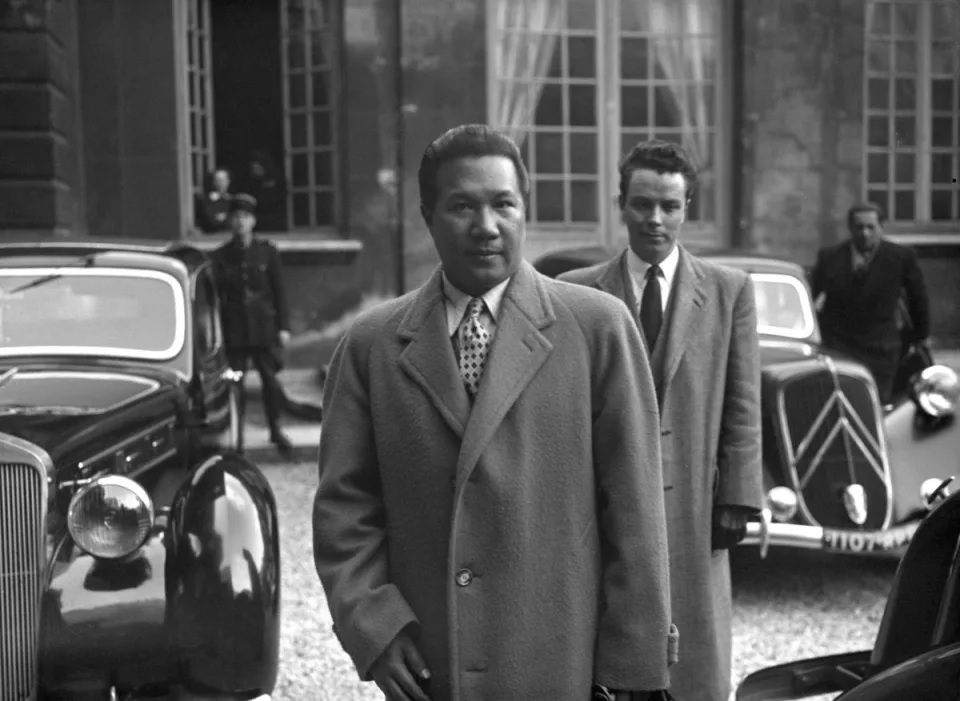
Conclude
The Nguyen Dynasty, with 13 kings, left many important marks in Vietnamese history. Each king has his contributions and influenced on the country, from politics, and culture to the military. The cultural heritage they left behind is not only a testament to the development of Vietnamese art and architecture but also a source of inspiration for future generations. Learning about the Nguyen Dynasty not only helps us better understand the nation's history but is also a way to preserve and promote the country's traditional cultural values.
other information
- THE IMAGE OF BUFFALO IN VIETNAMESE TRADITIONAL CULTURE
- TAM DAO, AN IDEAL DESTINATION FOR WEEKEND
- FANSIPAN - THE PARADISE OF NORTH-WEST VIETNAM
- THE COCONUT, AN INDISPENSABLE FRIEND IN VIETNAM FOLK CULTURE
- LOTUS FLOWER, A SYMBOL OF TRADITIONAL VIETNAMESE FOLK CULTURE
- BA NA HILLS, A MAN-MADE MASTERPIECE THAT HARMONIZES WITH NATURE
- NHA TRANG, INTERNATIONAL VIETNAM COASTAL TOURIST CITY
- MANG DEN, PEACEFUL PLACE IN MIDDLE OF THE MOUNTAINS
- PHU QUY ISLAND, PRISTINE SEA PARADISE OF CENTRAL VIETNAM
- UNIQUE & DIVERSE VEGETARIAN CUISINE IN VIETNAM
